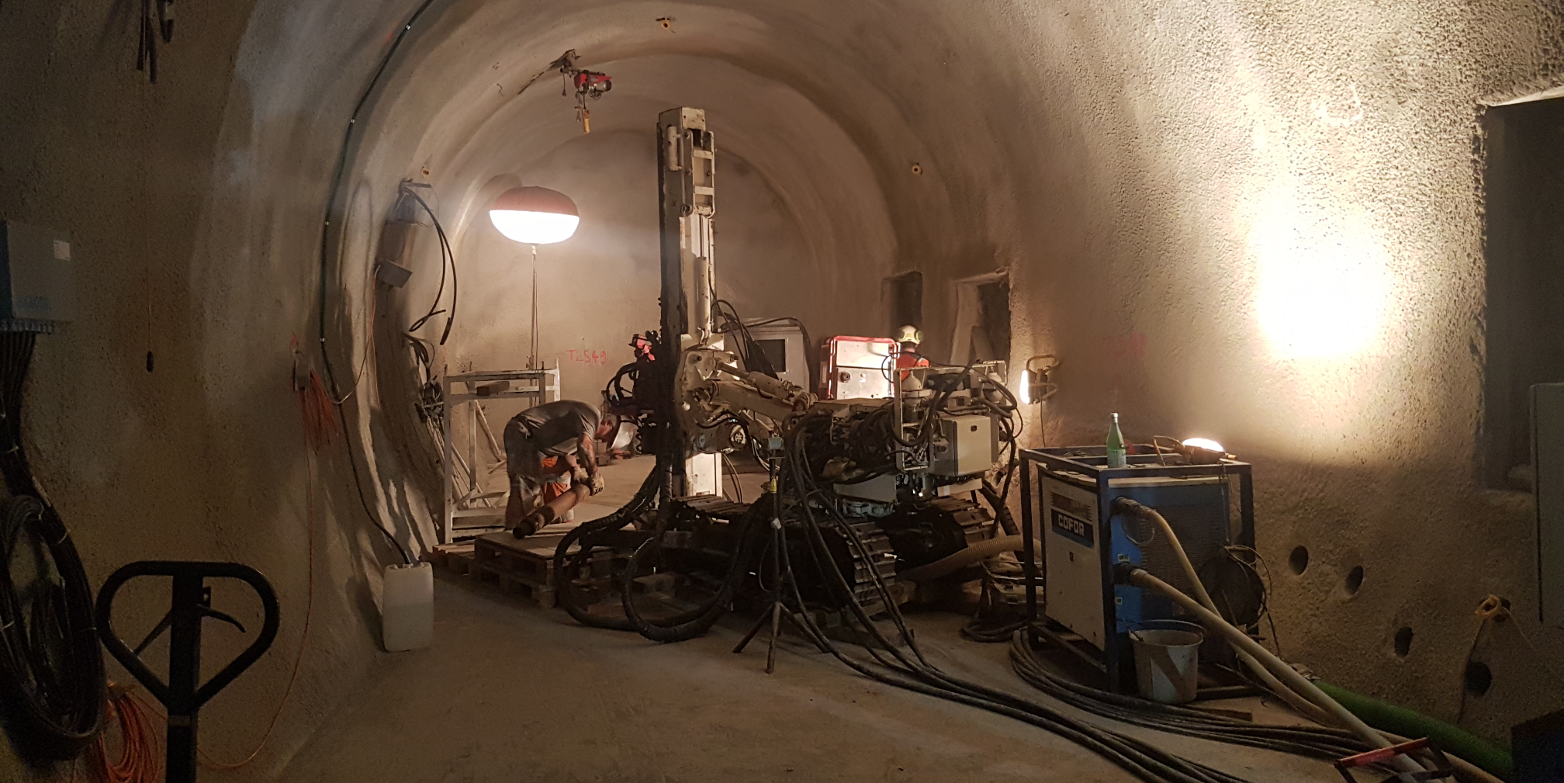CO2 reservoirs in fractured rock
In order to achieve ambitious international climate objectives, it will be necessary to remove CO2 from the atmosphere and store it. A project in the Jura mountains is now testing how rock fractures impair long-term reservoirs.

Simply reducing greenhouse gas emissions will not be sufficient to reach the 2°C target established in 2010 at the United Nations Climate Change Conference – let alone the most recent version calling for a maximum of 1.5°C of warming relative to pre-industrial times. According to a special report by the Intergovernmental Panel on Climate Change (IPCC) in 2018, meeting this target will also require CO2 to be removed from the atmosphere and stored underground. However, these negative emissions can only be achieved if the separated CO2 can be stored reliably over hundreds of years.
Whether this will work depends not least on the nature of the bedrock. CO2 pumped into the ground can escape not only through the borehole but also through existing fractures in the cap rock. “Suitable cap rock should ideally be impermeable and act as a reliable seal for the reservoir containing the CO2. We’re interested in how effectively CO2 can be retained by cap rock with fractures, known as fault zones,” explains Professor Stefan Wiemer, Head Swiss Seismological Service, who is leading the project. The physical and chemical processes that affect whether and how CO2 can escape through such fault zones are still poorly understood. It is also unclear what influence CO2 injections have on rock deformations and chemical interactions that can trigger earthquakes. In addition, little is currently known about the prevailing conditions in Switzerland, making it hard to assess whether underground CO2 storage is even an option in this country.
Do rock fractures impair CO2 storage?
For this reason, scientists from the Swiss Seismological Service (SED) at ETH Zurich and the Swiss Competence Center for Energy Research – Supply of Electricity (SCCER-SoE) are conducting an experiment in close collaboration with the Department of Mechanical and Process Engineering and the Institute of Geophysics at ETH Zurich, as well as Swisstopo and EPFL. They are investigating how well fractured rock can store CO2, the conditions under which induced seismicity occurs, and how best to monitor a reservoir of this kind. “Theoretically, Switzerland has the potential to store several gigatonnes of CO2 underground. With our experiment, we’re contributing to a more comprehensive understanding of the relevant geological processes that influence storage potential. We’re also laying the foundation for better-informed decisions on possible CO2 storage projects in Switzerland,” says Wiemer.
No reservoirs planned yet
The experiment conducted in the Mont Terri rock laboratory, deep within the Jura mountains, forms part of the external page Elegancy project, which is funded by the European Commission and the Swiss Federal Office of Energy (SFOE). The scientists plan to inject small quantities of CO2-enriched salt water into a borehole passing through a small fault zone. To find out how the fractured rock in this fault zone reacts to the CO2, they will monitor the stability of the rock and study the relationship between shear displacement, pore pressure and flow paths. Active and passive seismic sensors will monitor changes in seismic velocities near the injection site and detect any potential micro-earthquakes.
Unlike a real CO2 storage project, this experiment analyses potential leaks on a very small scale. Nevertheless, the findings will contribute to a better understanding of the relevant processes that influence the movement of CO2 through fault zones. The experiment will therefore also help to improve site characterisation. Worldwide, a handful of CO2 storage projects are already in operation, each with up to 3 million tonnes of CO2 captured and stored per year. Further such projects are in the pipeline. There are currently no plans for a CO2 storage project in Switzerland.